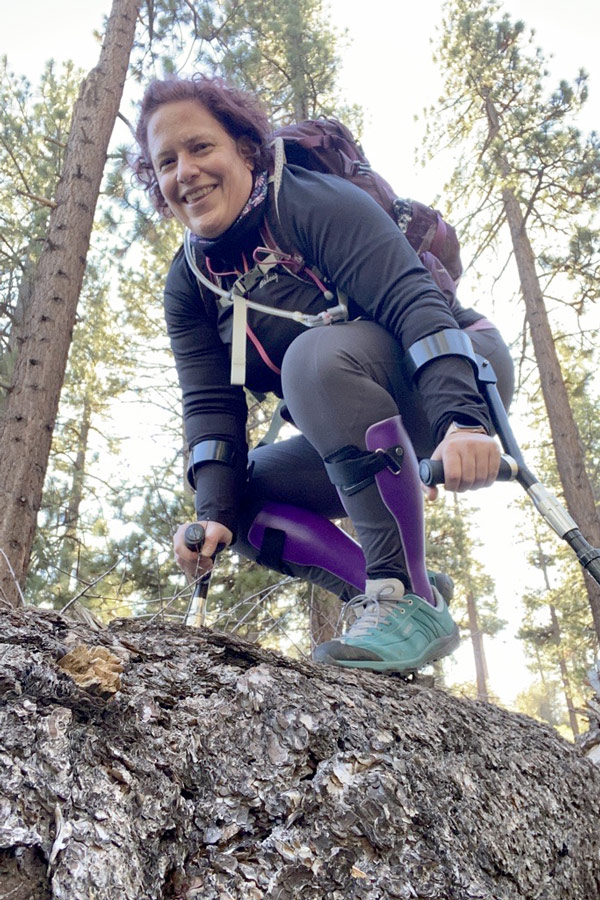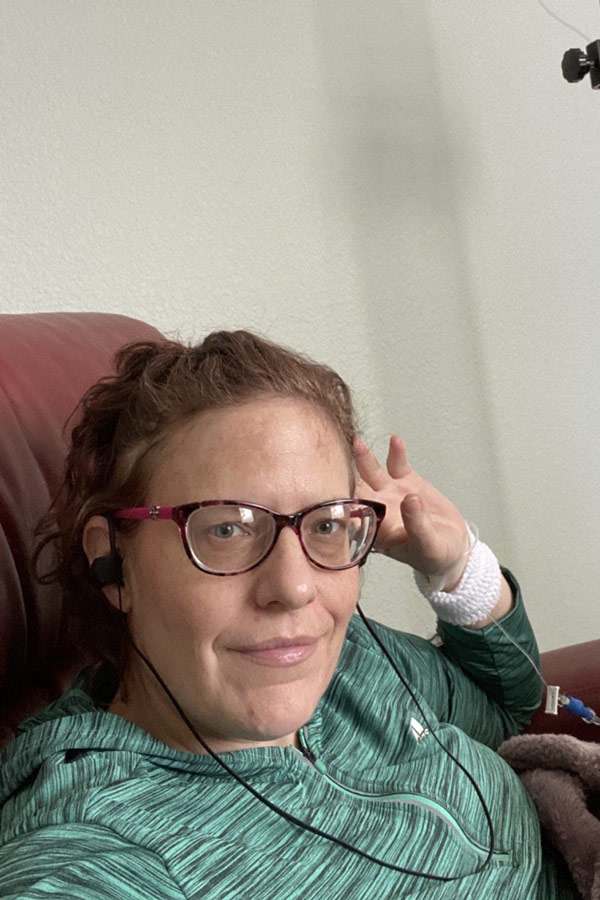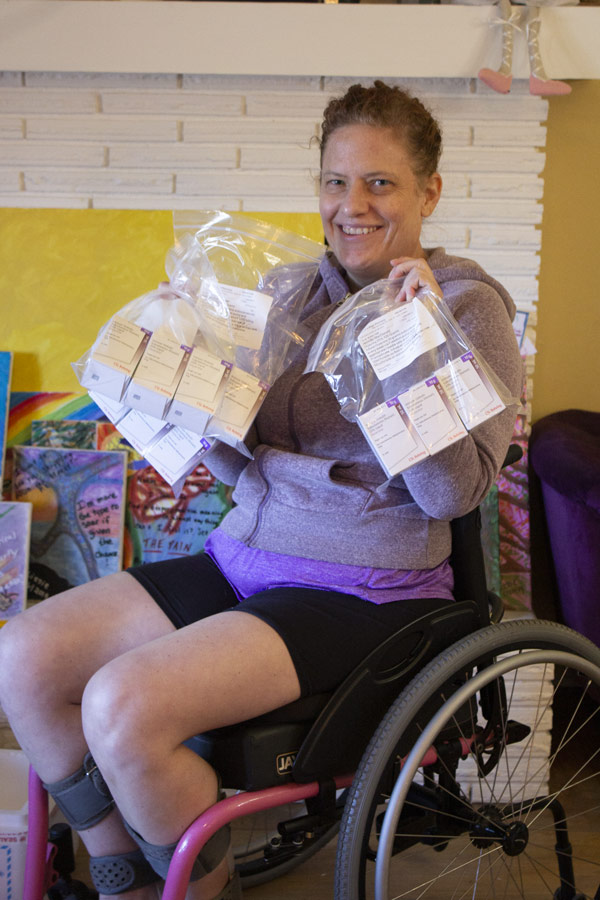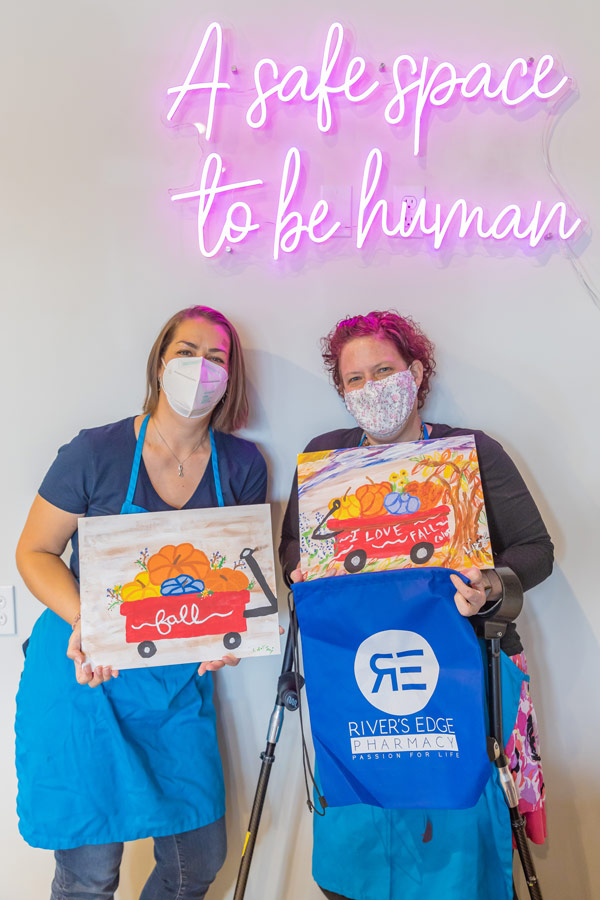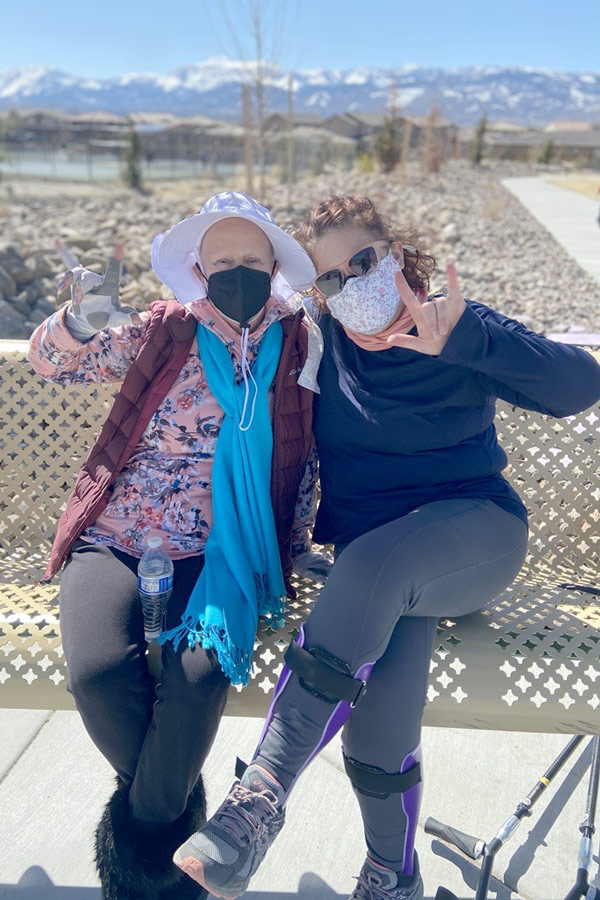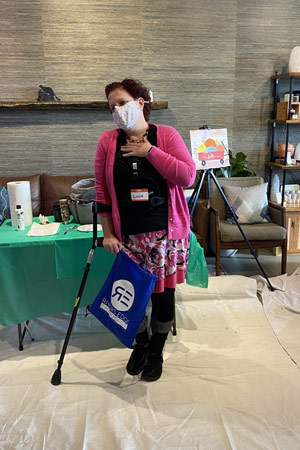Mitigating Patient Non-adherence: A Team Approach
A patient’s non-adherence to medication therapy, or other prescribed health treatment, is a costly problem and a burden to the American health system. One would dismiss the patient’s act of skipping a medication as a simple problem to solve. But it is much more complex than that – especially with patients who suffer from chronic diseases where lengthy treatment is necessary. It becomes an exponential problem.

In 2018, an estimated $100-300 billion were spent as a result of patient medication no-adherence, which included fees from unnecessary and avoidable hospitalizations, as well as other ancillary cots. A greater tragedy is that approximately 125,000 annual deaths occur related to medication non-adherence – all of which could have been prevented. This estimate has been quoted as higher.
THERE ARE SEVERAL REASONS PATIENTS DON’T ADHERE TO MEDICATION THERAPIES. THE TOP 8 INCLUDE:
- Fear of side effects
- Cost
- Misunderstanding of the need
- Too many medications
- Lack of symptoms—a patient may feel “fine”
- Mistrust—not having a solid doctor-patient relationship, or finding misinformation on the internet
- Concern about life-time dependency upon the medication
- Depression
With compelling statistics such as these, a patient, healthcare professional, or caregiver might wonder why patients wouldn’t adhere to their medication therapy? Patients falling into a pattern of non-adherence is a multifaceted problem: Beyond the top 8 reasons for non-adherence, there are multiple other reasons. Patients who live in rural areas might have to travel far to see a specialist or get treatment that isn’t feasible. Perceived disease severity could cause a patient to lose hope to stick with treatment. Non adherence is caused by multiple social and economic factors.
As a patient, you may have succumbed to non-adherence with medication therapy or other prescribed health treatments. Many patients can recall a time when they weren’t quite abiding by their doctor’s instructions. More than likely, it wasn’t intentional. Non-adherence often happens by circumstances that aren’t obvious – even to the patient. The doctor may not be aware of the non-adherence because of the time between appointments. Patients also feel concerned or embarrassed when discussing non-adherence. A patient may become too busy to get to the pharmacy for a refill. Or a patient may lose health insurance, making costs too high. Or the patient may move to a new area where finding specialists involves long wait lists, causing a lapse in treatment. Feeling lost, hopeless, and depressed about treatment outcomes are a few of the many reasons that treatment becomes overwhelming. Patients don’t necessarily want to give up on treatment.
“How do we work to solve this problem, especially from a specialty pharmacy where diseases treated are life changing and non-adherence can lead to major health complications or even death? It becomes a team approach.”
– Lizzie MacDonald
A 2015 paper released by Health IT Analytics revealed that 69% of medication non-adherence was due to patient behavior. The paper also indicated patient behaviors that can be used to predict non-adherence. These behaviors include procrastination, forgetfulness, and confusion caused by taking multiple medications.
Source:

69% of Medication Non-Adherence Due to Poor Patient Behaviors
Multiple studies – along with some common-sense – point to better protocols based on high patient engagement beyond the medical model. Patient adherence increases when patients feel understood in how their treatment fits into their everyday lives by their medical team. Patients who feel cared for are more likely to adhere to treatment regimens – even regimens which come with difficult side effects.
Accurate and complete education are critical for patient adherence and should include knowing what to expect from a particular medication or infusion.

River’s Edge is a smaller specialty pharmacy. By having a smaller number of patients, our patients are followed more closely by our clinical team. Many of the clinical team members have spoken about knowing their patients beyond their prescribing specialists and their medications. The clinical team forms relationships with River’s Edge patients. Patients are directed to speak with the same clinical team member who knows the patient and his/her conditions, medications, treating specialists – even the patient’s lifestyle. Thorough clinical assessments reveal issues that may lead a patient to non-adherence. The clinical team works diligently to ensure patients are comfortable and cared for. They serve as a liaison to the patient’s prescriber, saving the patient valuable energy. This is the team approach mentioned earlier.
Patient support programs which include medication management and personalized counseling bring increased patient adherence, especially when compared to patients who do not receive the same care for complex therapy. In a 2016 case study by the National Center for Biotechnology Information (NCBI) and the US National Library of Medicine – National Institutes of Health (PMC), support was delivered via face-to-face interactions, phone calls, mail, and internet. Beyond having higher medication adherence, patients reported better humanistic outcomes. This included quality-of-life measures and functional status.
In order to improve patient adherence, River’s Edge Pharmacy recently launched a platform titled PATH – Patient Healthcare and Wellness Program. The PATH Program serves as a connection between the patient and his/her prescribing physician. As patients begin their medication therapy, a PATH professional evaluates each patient from a personal standpoint to identify needs that may be beyond the scope of their physician. Don’t worry though, the PATH Program also invites patients who have been going through treatment for some time.
PATH creates regional patient communities with similar disease states to inspire each other, share success stories, ask questions, and give accurate resources for disease education.
Patients have the option to interact with the PATH program individually as well. One-on-one interactions create personal environments where patients have the ability to give feedback to a trusted professional beyond their doctors, pharmacists, and nurses. These interactions tend to increase the effectiveness of the program by delving into the patient’s life to examine factors that could lead to unintentional non-adherence.
Another contributing factor to non-adherence is not knowing the correct questions to ask doctors on the part of patients. The PATH Program aims to cure this by describing treatments and medications in terms that the patient can understand. By having a better understanding of terminologies, adverse effects, and technical nuances of their treatment, patients are able to ask the right questions to their treating physicians, resulting in better treatment outcomes.
As a patient with multiple chronic conditions that requires specialty pharmacy services, I can look back on several times I fell into non-adherence. When I was first diagnosed with a life-changing disease, I couldn’t make my follow-up appointments, because I couldn’t take time off from work. And just like many other patients, I ended up in the hospital several times. These (unnecessary) hospital visits could have been avoided had I been able to keep my follow -up appointments.
I was in denial about my diagnosis during that period of my life. I had the “I’ll just ignore this whole thing is happening, work harder, and it will go away” mindset which I have heard other patients speak of – especially with neurological, rheumatological, and even cancer diagnoses. Denial about a condition means treatment isn’t being followed. Eventually, denial no longer worked for me, and I had to begin acknowledging and receiving regular treatment for my multiple diagnoses.
Communication for patients, – whether it’s with a pharmacist, the treating specialist, a patient support person, or anyone who assists in monitoring a patient’s condition – is key to mitigating nonadherence. Physician communication is significantly positively correlated with patient adherence. Source: https://www.ncbi.nlm.nih.gov/pmc/articles/PMC2728700/
River’s Edge and the PATH Program assist patients with multiple resources to stay adherent with treatment. As professionals and patients, we all have the same goal – keep patients and ourselves as healthy as possible. A life-changing diagnosis that brings new treatment is a rough time. Staying in contact with your team about your diagnosis means that these times will lead to the best possible outcome. We (doctors, pharmacists, nurses, support people, PATH) all want to help for your health to be a success.
Don’t forget to be honest with yourself. As a patient myself, I stay honest with myself about my symptoms, keep a log of them, and have learned to contact my treating specialist when I need assistance.
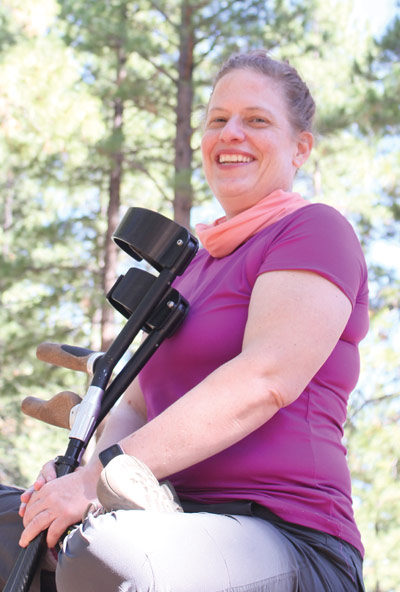
Jennifer “Lizzie” MacDonald leads the PATH – Patient Healthcare and Wellness Program at River’s Edge Pharmacy. As a patient with multiple chronic conditions, Lizzie has first-hand experience with navigating the complex health system.
Throughout her journey, she has become impassioned with sharing her knowledge and serving as an ambassador for patient independence, wellness, and recovery. This not only lead to patients’ relief and comfort, it has provided an opportunity for doctors to utilize a patient advocate for more effective and time-saving care in their practices.
Lizzie is an outspoken supporter of creating community through support groups as well as through the invaluable connection of one-on-one interactions for patients who are managing chronic/complex illnesses. Through her efforts, she has emboldened patients to share their ideas, goals, and triumphs, as well as live life to the fullest, regardless of their condition(s).
Lizzie is also a contributing author to River’s Edge Pharmacy’s News and Articles
